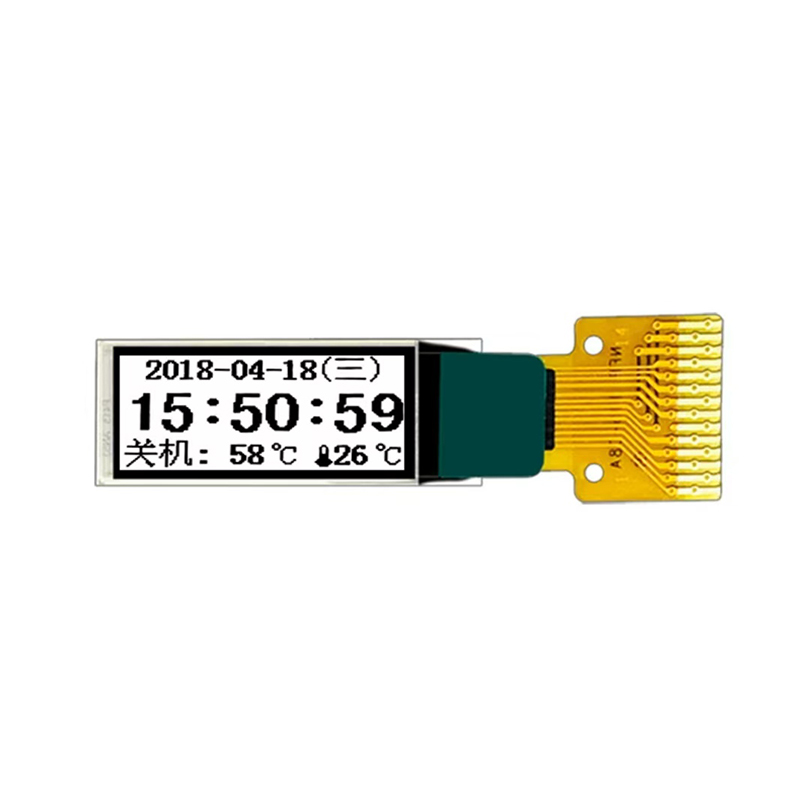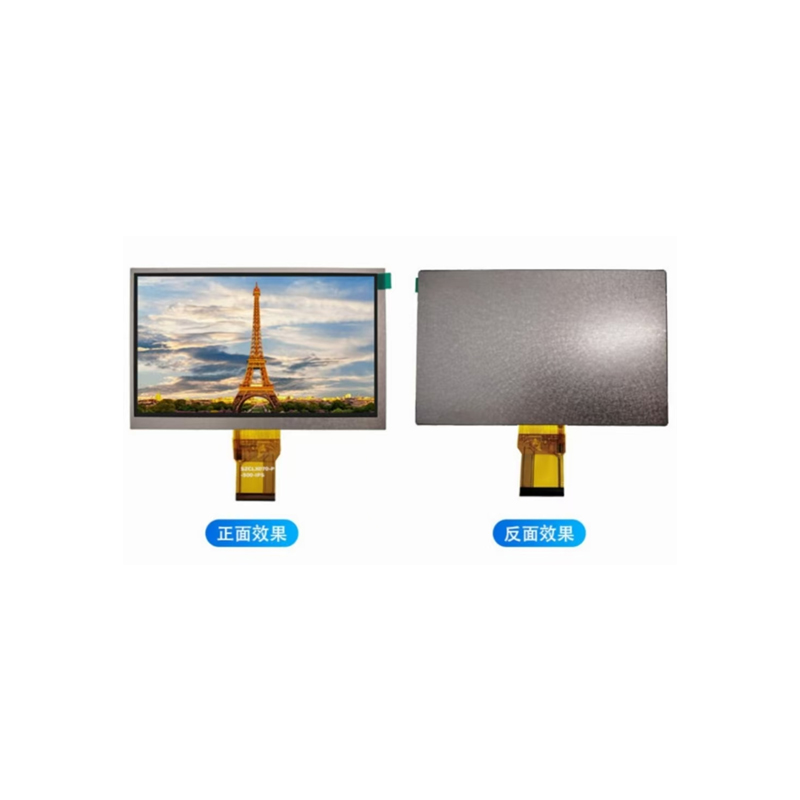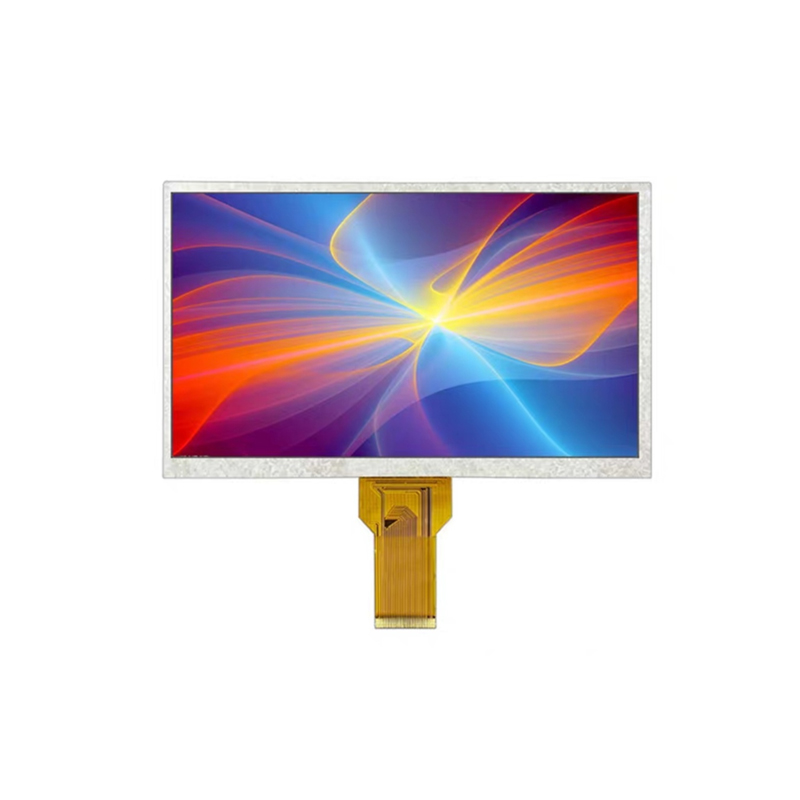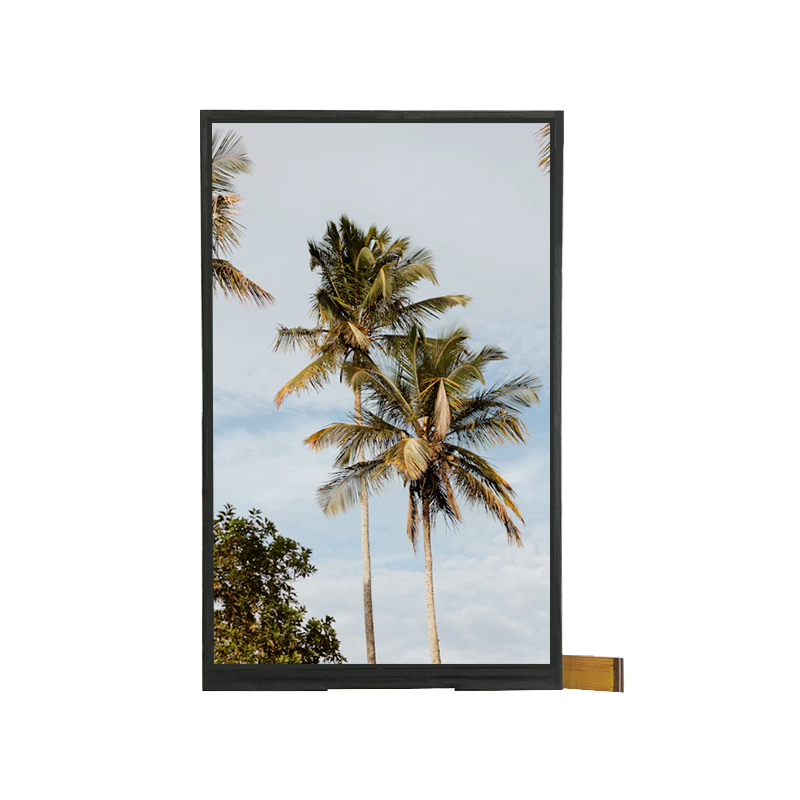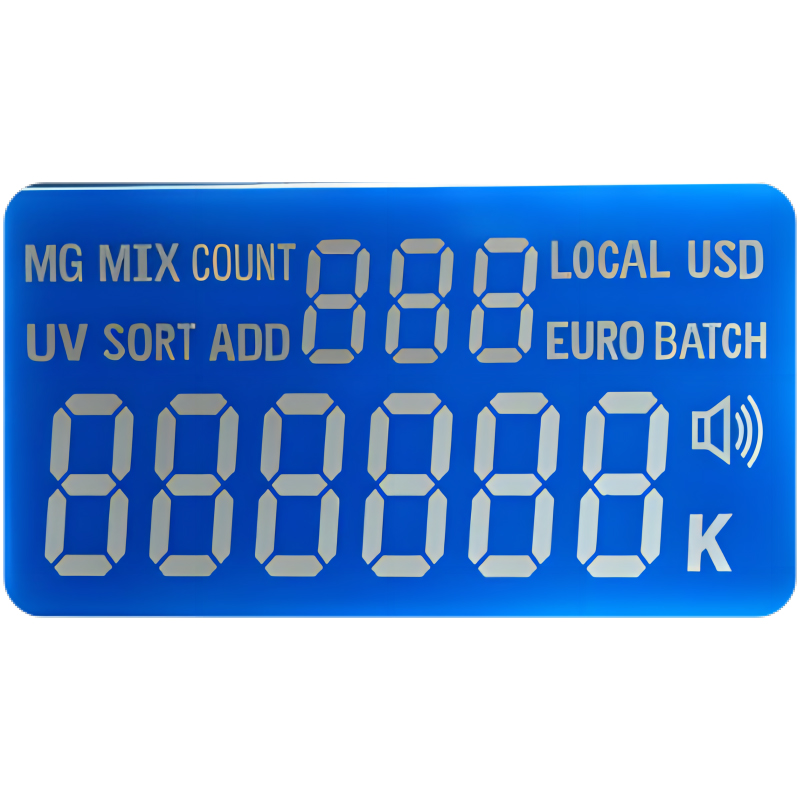Best Arduino and TFT Display Manufacturers: A Comprehensive GuideThis guide provides a detailed overview of the leading manufacturers of Arduino-compatible TFT displays, helping you choose the best option for your project. We'll examine key features, specifications, and considerations to ensure your selection aligns perfectly with your needs.
Choosing the right Arduino and TFT display manufacturer can significantly impact the success of your project. With a wide range of options available, understanding the nuances of each manufacturer becomes crucial. This guide delves into the factors you should consider when making your decision, focusing on aspects like display resolution, interface type, color depth, and overall quality. We'll also explore the strengths and weaknesses of different manufacturers, providing you with the information necessary to make an informed purchase.
Key Factors to Consider When Choosing a TFT Display Manufacturer
Display Resolution and Size
The resolution of your TFT display directly impacts the clarity and detail of your visuals. Higher resolutions provide sharper images, but also come with increased power consumption and potentially higher costs. Consider the size of the display needed for your project – a small display may suffice for a simple data logger, while a larger display is more suitable for a complex control system. The resolution and size should be carefully chosen to balance visual fidelity with project constraints.
Interface Type
The interface type determines how your Arduino communicates with the TFT display. Common interfaces include SPI and parallel interfaces. SPI is generally preferred for its flexibility and ease of use with Arduino, while parallel interfaces offer higher speed but require more pins. Consider the limitations of your Arduino board and the project’s communication requirements.
Color Depth and Brightness
Color depth determines the number of colors the display can show, impacting the visual richness of your application. A higher bit depth means more colors, resulting in smoother gradients and richer visuals, but increasing memory and processing demands. Brightness is also vital, especially for outdoor applications or those needing good visibility in bright environments. Balance your requirements with the power consumption associated with higher brightness and color depth.
Touchscreen Functionality
Many
Arduino and TFT display options integrate touchscreen functionality, allowing users to interact directly with the display. This interactive capability significantly extends the possibilities of your projects. The quality of the touchscreen (responsiveness, accuracy) and the type of touchscreen technology (resistive, capacitive) will influence your choice.
Manufacturer Reputation and Support
Choosing a reputable manufacturer is crucial. A reliable manufacturer will provide documentation, examples, and often dedicated customer support, which can be invaluable during the design and debugging phases. Read reviews and look for manufacturers with a proven track record of delivering quality products and responsive customer service.
Top Arduino and TFT Display Manufacturers
While many manufacturers offer
Arduino and TFT display solutions, some stand out consistently for their quality and support. This is not an exhaustive list, but a selection of popular and well-regarded options:
| Manufacturer | Strengths | Weaknesses | Suitable for |
| Manufacturer A (Example) | High-quality displays, extensive documentation | Potentially higher cost | Professional applications |
| Manufacturer B (Example) | Wide range of sizes and resolutions, excellent support | May not be as visually impressive as some competitors | Hobbyist projects and educational uses |
| Dalian Eastern Display Co., Ltd. https://www.ed-lcd.com/ | Customizable solutions, competitive pricing | May require more technical knowledge for some products | Diverse applications requiring tailored displays |
Remember to carefully review datasheets and specifications from the manufacturer's website before making a decision. This ensures that the chosen Arduino and TFT display will meet your project requirements.
Conclusion
Selecting the right
Arduino and TFT display manufacturer is a crucial step in any project involving these components. Carefully assessing your project needs in relation to resolution, interface type, and other factors discussed above will ensure you choose a suitable and reliable option. By considering the points covered in this guide and exploring different manufacturers, you can enhance the user experience and overall functionality of your creation. Remember to always check the manufacturer's website for the latest specifications and documentation.



